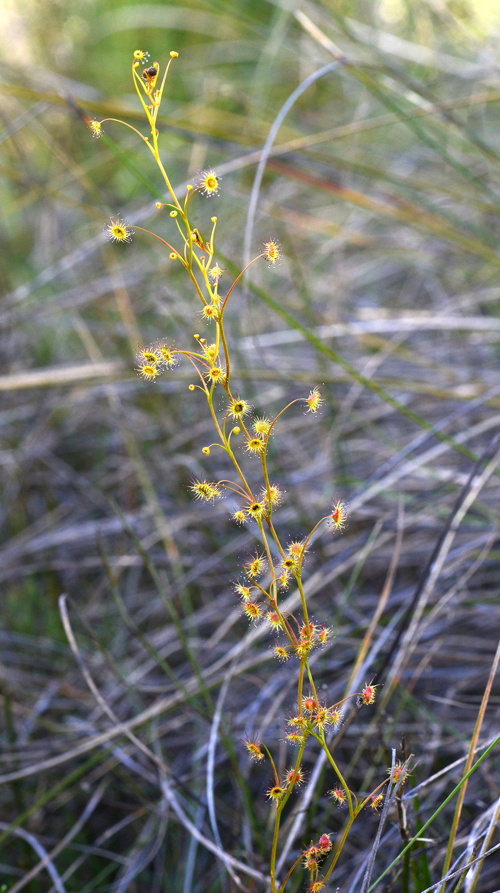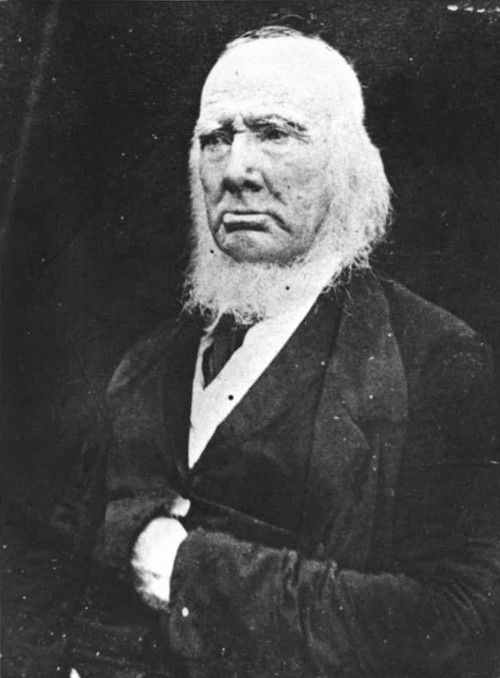James Drummond (1786 or 87 – 1863)
During the 1840s, many Drosera discoveries were made in Western Australia by European botanists who were attracted to the rich botanical treasures of a relatively poorly explored part of the world. Their specimens were sent to botanic gardens such as Kew and were described by some of the leading botanists of the day. James Drummond, a botanist and naturalist, who was a noted early settler in Western Australia, discovered many new species on his long treks into the bush. Western Australia’s first resident botanist, James Drummond, was one of the first pioneers, arriving in Australian on the sailing ship Parmelia in 1829.
It is through James Drummond’s extensive explorations of the south west region of Western Australia that the world first became aware of all the new and wonderful botanical treasures that this part of the world had to offer. Amongst James’ collections were many collections of carnivorous plants, orchids and Stylidium species which James personally favoured.
Drummond would collect literally thousands of specimens and then send them to Kew or Cambridge University by ship. Some notable Drummond collections include Drosera barbigera, D. bulbosa, D. dichrosepala, D. erythrorhiza, D. heterophylla, D. leucoblasta, D. nitidula, D. platypoda and D. zonaria. Drummond neither described nor published these species, but instead left such work mainly to botanist colleagues in London, including William Hooker and Jules Planchon at Kew, as well as John Lindley. His collections of Drosera saw Drosera drummondii commemoratively named after him.
For more information on the life of James Drummond please see Wikipedia.
The ICPS claims no copyright on the content of this page. Please see the list of sources used for the pages on key historical figures in the study of carnivorous plants.

Drosera Drummondii. Photo © Richard Nunn.

James Drummond
